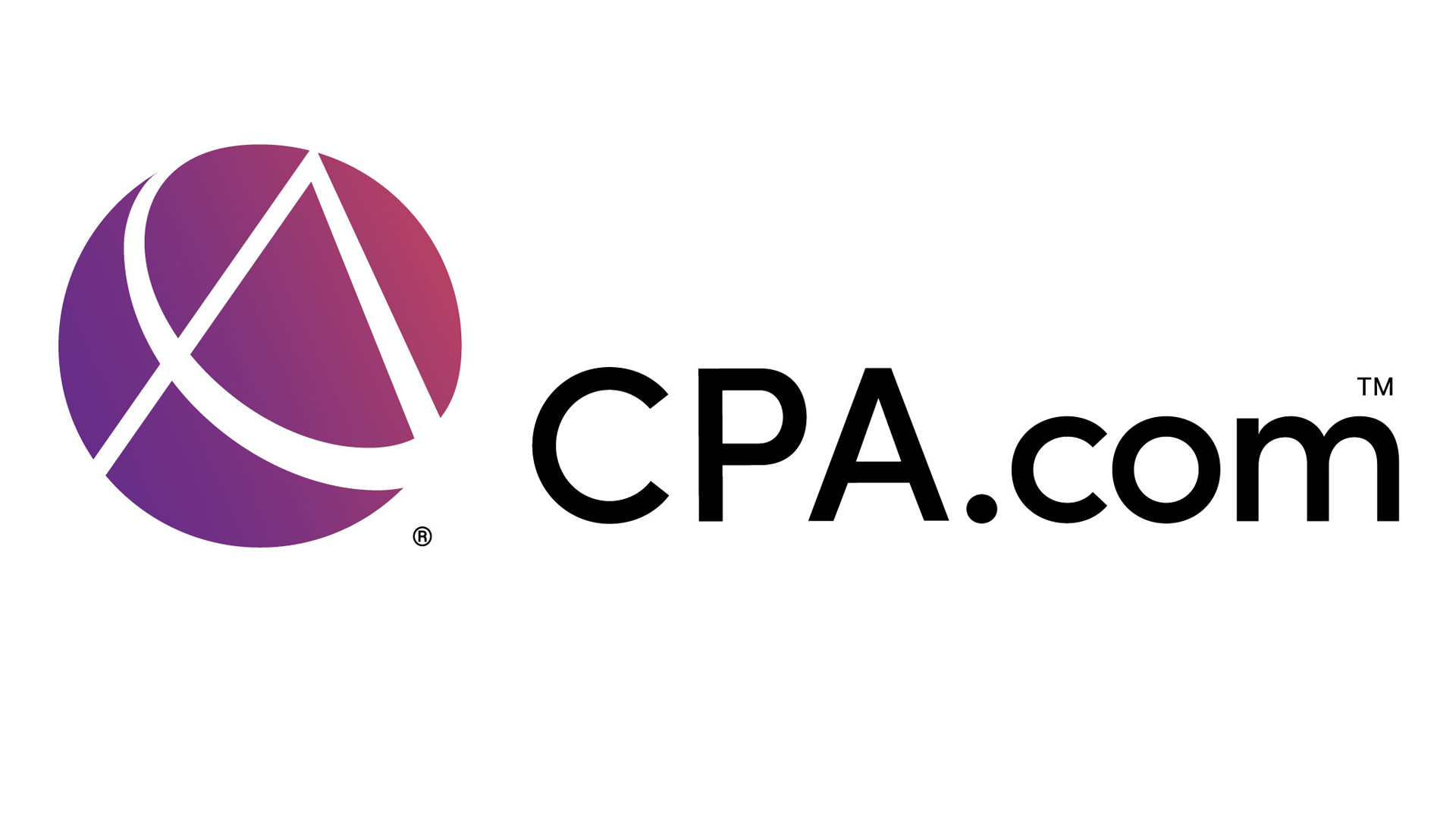By Bob Wang, CPA.
The “Rule of 30,” popularized by Tee Up Advisors, is a powerful financial benchmark designed to help maturing businesses balance growth and profitability. This rule, an adaptation of the tech industry’s Rule of 40, suggests that the sum of a company’s growth rate and profit margin should equal or exceed 30%. The Rule of 30 is particularly relevant for mature businesses in traditional industries that are focused on sustaining long-term growth while maintaining robust profit margins. With the strategic guidance of a (Fractional) CFO, businesses can apply this rule to optimize their financial performance and ensure enduring success.
5% Growth, 25% Profit Margin: The Cash Cow
Businesses operating with a 5% growth rate and a 25% profit margin are often referred to as “cash cows.” These companies are typically mature, with established market positions, and generate significant cash flow relative to their size. While the growth rate is modest, the high profit margin indicates that the company is operating efficiently, with a strong ability to generate profits.
In this scenario, a CFO plays a crucial role in managing the company’s cash flow and ensuring that profits are used strategically to support long-term goals. This might include reinvesting in the business, paying down debt, or returning capital to shareholders through dividends or share buybacks. The CFO’s expertise in financial planning and analysis ensures that the company’s resources are allocated effectively to maximize shareholder value.
For example, a CFO might analyze the company’s financial statements to identify opportunities for cost reduction, such as renegotiating supplier contracts or optimizing the supply chain. Additionally, the CFO could explore ways to accelerate growth, such as expanding into new markets or investing in new product development, all while maintaining the company’s strong profit margins.
10% Growth, 20% Profit Margin: The Growth Engine
Companies achieving a 10% growth rate with a 20% profit margin are well-positioned for sustainable expansion. This balance of growth and profitability allows the business to reinvest in its operations, fund new initiatives, and maintain financial stability. The strong profit margin provides a cushion that can absorb fluctuations in the market, while the steady growth rate ensures that the company continues to expand its market share.
A CFO’s role in this environment is to guide the company in making strategic decisions about resource allocation. This might involve determining how much of the company’s cash flow should be reinvested in growth initiatives versus how much should be retained to maintain financial stability. The CFO can provide data-driven insights to help the company prioritize investments that offer the highest return on investment.
For instance, the CFO might recommend investing in technology upgrades to improve operational efficiency or expanding the company’s sales and marketing efforts to drive revenue growth. By providing scenario analysis and financial modeling, the CFO ensures that the company’s growth strategy is aligned with its long-term financial goals.
15% Growth, 15% Profit Margin: The Stable Rock
A company with a 15% growth rate and a 15% profit margin is often seen as an ideal candidate for private equity investment. This balance of growth and profitability offers flexibility, allowing the company to adjust its strategy based on market conditions. For example, the company might choose to accelerate growth by temporarily reducing profit margins or focus on maintaining profitability by scaling back growth initiatives during economic downturns.
In this context, the CFO’s role is to provide strategic financial guidance that supports the company’s long-term objectives. This includes scenario planning, risk management, and capital allocation. The CFO can help the company navigate complex financial decisions, such as whether to invest in new product lines, expand into new markets, or pursue mergers and acquisitions.
Moreover, the CFO plays a key role in managing relationships with investors and lenders. By providing clear and accurate financial reports, the CFO can help build investor confidence and attract additional capital to support the company’s growth. The CFO’s expertise in financial analysis and forecasting ensures that the company’s growth strategy is sustainable and that it can adapt to changing market conditions.
20% Growth, 10% Profit Margin: High Growth Edge
A business experiencing 20% growth with a 10% profit margin is focused on rapid expansion. This growth profile is often seen in companies that are aggressively pursuing new markets, launching new products, or investing heavily in marketing and sales. While the high growth rate is impressive, the lower profit margin indicates that the company may be sacrificing profitability for the sake of growth.
In this scenario, the CFO’s role is to manage the risks associated with rapid growth. This might involve closely monitoring the company’s financial performance and adjusting strategies as needed to maintain profitability. For example, the CFO might recommend cost-cutting measures, such as reducing overhead expenses or streamlining operations, to improve the company’s profit margins.
Additionally, the CFO can help the company manage its working capital more effectively, ensuring that it has the liquidity needed to support its growth initiatives. This might involve optimizing the company’s accounts receivable and accounts payable processes, renegotiating credit terms with suppliers, or securing additional financing to fund growth.
The CFO’s ability to balance growth and profitability is critical to the company’s long-term success. By providing strategic financial guidance and managing risk, the CFO ensures that the company can sustain its growth while maintaining a healthy profit margin.
Rule of 100?
Certainly, there are organizations that meet the “Rule of 100”, where both growth and profit margins reach 50% or any combination thereof. These businesses are typically smaller, as it’s easier to grow from $1M to $1.5M than to grow from $10M to $15M. Though a (Fractional CFO) can still add value to this type of business, they shouldn’t follow the Rule of 30… not yet.
The Strategic Role of a CFO in Applying the Rule of 30
Across all these scenarios, the CFO is central to applying the Rule of 30 effectively. The CFO’s responsibilities include:
1. Financial Planning and Analysis:
A CFO develops financial models that project the impact of different growth and profitability scenarios. This allows the business to set realistic targets and adjust its strategies as needed to achieve the Rule of 30. By analyzing historical data and market trends, the CFO can provide insights into the most effective ways to balance growth and profitability.
2. Performance Monitoring:
The CFO sets up key performance indicators (KPIs) aligned with the Rule of 30, allowing the company to regularly monitor its performance. These KPIs might include metrics such as revenue growth, gross margin, operating margin, and return on investment. By tracking these metrics, the CFO can provide timely insights to the management team and recommend adjustments as needed to stay on track.
3. Cost Management:
The CFO plays a critical role in identifying areas where costs can be reduced without compromising growth. This might involve streamlining operations, renegotiating supplier contracts, or implementing more efficient processes. By managing costs effectively, the CFO can help the company improve its profit margins while continuing to invest in growth initiatives.
4. Strategic Decision-Making:
Whether it’s deciding how to allocate capital, pursuing new growth opportunities, or responding to economic changes, a CFO provides data-driven guidance to help the company make informed decisions. The CFO’s ability to analyze financial data, assess risks, and model different scenarios ensures that the company’s strategic decisions are aligned with its long-term goals.
Just One More Idea: Implementing an EOS
In addition to the financial strategies outlined above, companies looking to optimize their growth and profitability might consider implementing an Entrepreneurial Operating System (EOS). EOS is a set of simple, practical tools that help businesses clarify, simplify, and achieve their vision. By providing a structured framework for setting goals, managing priorities, and maintaining accountability, EOS can help companies stay focused and aligned as they grow.
For businesses that are rapidly scaling or facing complex challenges, EOS can be a valuable tool for ensuring that the leadership team remains aligned and focused on the company’s long-term goals. A CFO can play a key role in implementing EOS, providing the financial insights needed to support strategic planning and ensuring that the company’s growth is sustainable and profitable.
Conclusion
The Rule of 30, as popularized by Tee Up Advisors, is a valuable tool for mature businesses seeking to balance growth and profitability. By ensuring that the sum of growth and profit margins equals or exceeds 30%, companies can maintain financial stability, attract investment, and position themselves for long-term success.
A CFO is crucial in this process, offering the strategic guidance needed to navigate the complexities of growth and profit management. For businesses operating under or beyond the Rule of 30, the expertise of a CFO, combined with a strong leadership team and possibly an EOS implementation, ensures that growth is sustainable, strategic, and aligned with the company’s long-term objectives.
===
Bob Wang, CPA, CA, is owner and CEO at Tee Up Advisors, a Fractional CFO firm.
Thanks for reading CPA Practice Advisor!
Subscribe Already registered? Log In
Need more information? Read the FAQs
Tags: Accounting, Advisory, Small Business




